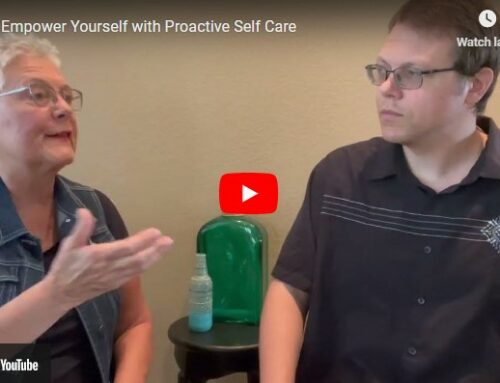by Dr. Tina Marcantel
Breast heal
th in women can be promoted through regular exercise. Dr. Tina Marcantel is a naturopathic doctor in Gilbert, Arizona. She also serves the cities of Mesa, Chandler, Tempe, Scottsdale, Queen Creek, Apache Junction, and others in the East Valley and the greater Phoenix area.
Most women are very concerned about breast health, and particularly about avoiding breast cancer. It’s certainly an important issue to address because according to the Center for Disease Control, “Aside from non-melanoma skin cancer, breast cancer is the most common form of cancer in women. Breast cancer is the number one cause of cancer death in Hispanic women. It is the second most common cause of cancer death in white, black, Asian/Pacific Islander, and American Indian/Alaska Native women.
In 2007 (the most recent year numbers are available at the time of this publication),
*202,964 women were diagnosed with breast cancer
*40,598 women died from breast cancer” (1)
The good news for women is that there are things they can do to promote breast health and reduce their chances of contracting this disease. We know that regular exercise is extremely important for many reasons concerning our overall health: weight loss, cardiovascular strengthening, balancing blood sugars, and much more, but did you know that exercise might also help you avoid breast cancer?
My clinical experience brings to me women who are experiencing signs and symptoms of estrogen dominance and there is evidence that this estrogen dominance may lead to breast cancer over a period of time. Dr. John Lee states in his book What Your Doctor May Not Tell You About Menopause:
“Since many women in their mid-thirties begin to have non-ovulating cycles, they are producing much less progesterone than expected, but still producing normal (or more) estrogen….They develop signs of estrogen dominance relative to progesterone deficiency resulting in fluid retention, weight gain (especially around the hips and torso), depression and decreased libido.” (2) But this extra estrogen could have a more ominous effect.
Dr. Bob Arnot, in his excellent book The Breast Cancer Prevention Diet, cites many good studies that associate high estrogen levels with a high risk of breast cancer:
“Researchers at NYU measured estrogen levels in women long before they ever developed breast cancer. Years later the NYU health study found that those post-menopausal women who developed breast cancer had a markedly higher amount of estrogen measured in their blood than those who did not have cancer.”
Arnot also points out that exercise intercepts the estrogen pathway at several critical junctures. This results in a decrease in estrogen dominance. The more women exercised the less likely they were to get breast cancer. In America, a study at the University of Southern California of 1,000 women concluded that those who exercised 3.8 hours or more a week had less than half the breast cancer of those who remained inactive. (3)
Here’s what I recommend for my patients:
For young women—high intensity aerobic activity 4 or more hrs/week
For middle-aged women—moderate aerobic activity 4 hrs a week. Moderate intensity of exercise helps to stabilize insulin levels and lower body fat better than more intense exercise. Also, moderate intensity exercise may prevent adrenal fatigue in middle-aged women as compared to high intensity aerobic exercises.
Obviously, if you have had limited or no exercise recently you should start slowly and work up to the 4 hour/week mark. The important thing is consistency and persistence in following your exercise program. So what are you waiting for? Get moving and get (and stay) healthy!
1 Department of Health and Human Services Center for Disease Control http://www.cdc.gov/cancer/breast/statistics/ accessed February 10, 2011.
2 Lee, John R., MD, and Hopkins, Virginia. What Your Doctor May Not Tell You About Menopause: The breakthrough book on natural progesterone. New York: Warner Books; 1996.
3 Arnot, Dr. Bob. The Breast Cancer Prevention Diet. Boston: Little, Brown and Company; 1998.






